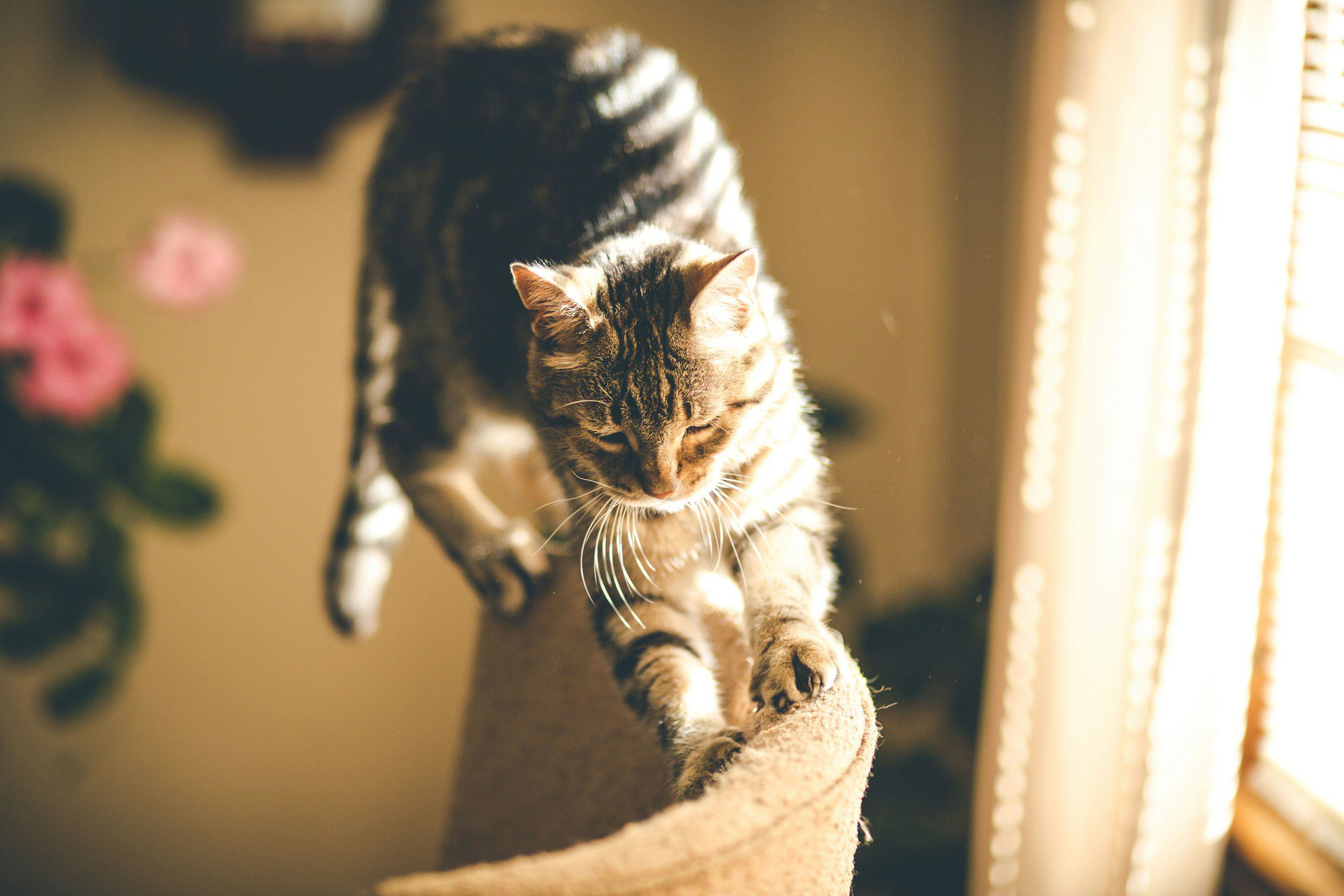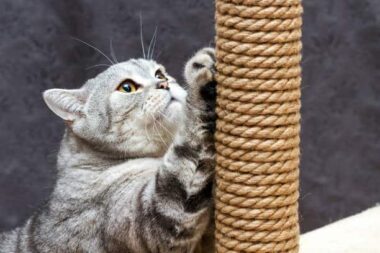

San Francisco cat parents can effectively manage scratching behavior through humane, positive training methods that respect feline instincts while safeguarding household belongings.
Your kitty needs appropriate outlets for their natural scratching behavior, which serves essential functions including claw maintenance, territorial marking, and full-body stretching. Observe whether your cat prefers vertical surfaces like door frames or horizontal surfaces like rugs, then provide scratching posts matching those preferences. Sisal rope is considered the gold standard material, though corrugated cardboard and carpet also work well. Position scratchers near sleeping areas since cats instinctively scratch after waking to stretch their muscles.

Place new scratching posts directly beside furniture your cat currently targets. Make the approved scratching surfaces irresistible by applying catnip, silver vine powder, or valerian root to attract your cat’s attention. When your cat uses the appropriate scratcher, immediately reward them with treats, praise, or interactive play to create positive associations. Draw your cat to the post using favorite feather toys and celebrate every successful scratching session.
Temporarily protect vulnerable furniture by applying deterrents that make scratching unpleasant without causing harm. Cover targeted areas with double-sided sticky tape, aluminum foil, or plastic carpet runners placed knobby-side-up. These textures feel uncomfortable on cat paws and discourage scratching while you reinforce appropriate alternatives. Furniture-specific scratchers that drape over couch arms provide both protection and an acceptable scratching surface in the same location.
Keeping claws trimmed every two to three weeks significantly reduces potential furniture damage while your cat learns new habits. Use cat-specific nail clippers and trim only the sharp tips, avoiding the quick. Gradually acclimate your cat to paw handling through short, positive sessions with treats. For additional protection, consider vinyl nail caps like SoftPaws that glue over trimmed claws and last four to six weeks.
When catching your cat scratching inappropriately, calmly redirect their attention to toys or interactive play rather than punishing. Use laser pointers or feather wands to lead them toward approved scratching posts. Provide environmental enrichment through cat trees, climbing shelves, puzzle toys, and treat dispensers to reduce boredom-related destructive behavior. Consistency and patience are essential—positive reinforcement succeeds where punishment fails and strengthens your bond with your cat.